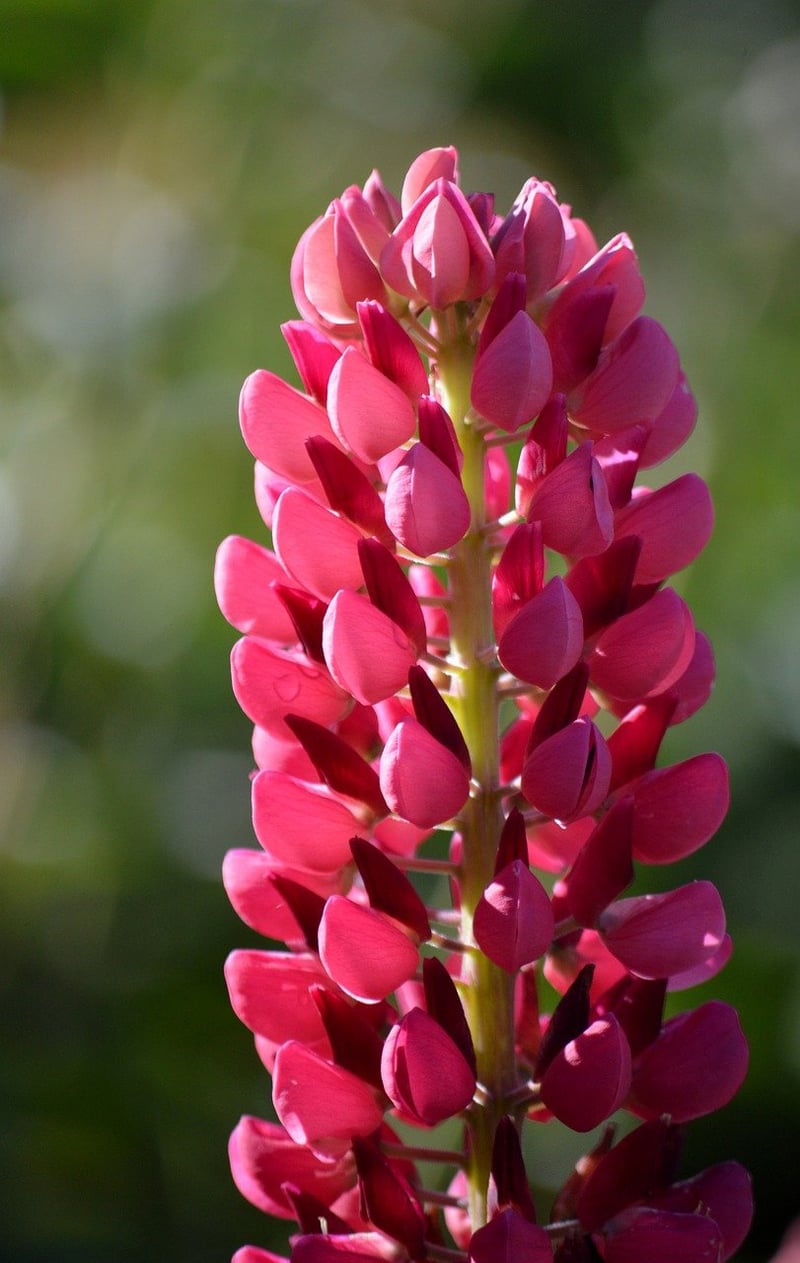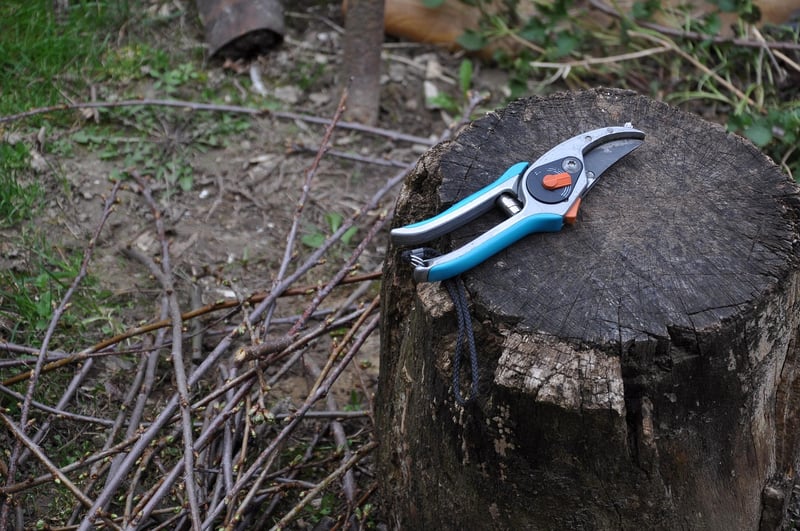Pruning Techniques
Keeping Your Vertical Garden Healthy
Vertical gardens are a creative way to bring greenery into small spaces and liven up dull walls. To ensure your vertical garden thrives, it's essential to maintain its health through proper care and maintenance. Here are some tips to keep your vertical garden lush and vibrant:
1. Choose the Right Plants
Not all plants are suitable for vertical gardens. Select plants that thrive in vertical growing conditions and have similar light and water requirements. Some popular choices include ferns, succulents, pothos, and spider plants.
2. Provide Adequate Watering
Vertical gardens can dry out quickly, especially in hot weather. Ensure your garden receives enough water, but be careful not to overwater, as this can lead to root rot. Consider installing a drip irrigation system for efficient watering.
3. Ensure Proper Drainage
Proper drainage is crucial to prevent waterlogged soil, which can harm your plants. Use a lightweight, well-draining potting mix and consider adding drainage holes to your vertical planters if they don't already have them.
4. Monitor Light Levels
Different plants have varying light requirements. Be mindful of the light conditions in the area where your vertical garden is located and choose plants that will thrive in that environment. Consider using grow lights if natural light is limited.
Pruning Techniques for Vertical Gardens
Regular pruning is essential to keep your vertical garden looking neat and healthy. Here are some pruning techniques to help your plants thrive:
1. Deadhead Flowers
Remove faded flowers to encourage new growth and prolong blooming periods. Deadheading also prevents the plant from expending energy on seed production.
2. Trim Overgrown Branches
Prune back any overgrown branches to maintain the shape and size of your plants. This will also improve air circulation and prevent diseases caused by overcrowding.
3. Pinch Back Growth
Pinching back involves removing the tips of stems to promote bushier growth. This technique is particularly useful for trailing plants to encourage lateral growth and prevent legginess.
4. Monitor for Pests and Diseases
Regularly inspect your vertical garden for pests and signs of disease. Prune away any infected or damaged parts to prevent the spread of pests and maintain the overall health of your plants.
By following these tips for maintaining a healthy vertical garden and employing proper pruning techniques, you can enjoy a thriving green oasis in any space.


